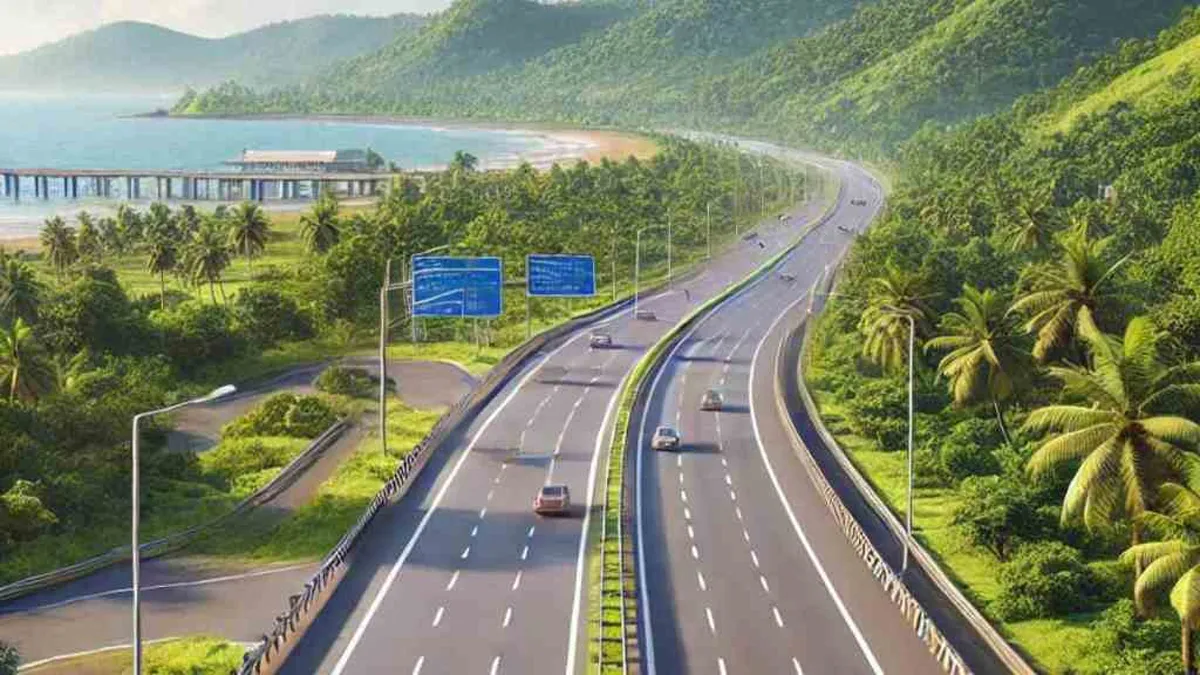Work on the 466-kilometre stretch, running from Panvel in Mumbai to Sindhudurg via Raigad and Ratnagiri, began in 2011 but faced repeated delays due to land acquisition issues, administrative hurdles and contractor-related setbacks.
Once completed, the highway will cut travel time between Mumbai and Goa from the current 12–13 hours to just six hours, significantly improving road connectivity, tourism and trade across the Konkan region.
Initially estimated at Rs 3.5 billion, the project’s cost has almost doubled to Rs 7.3 billion due to delays and increased construction and material expenses. By comparison, the Navi Mumbai International Airport, another major infrastructure project, was built in only four years, though it is yet to begin operations.
Officials report that over 95 per cent of the highway construction is complete, with different sections showing progress between 92 and 99 per cent. The remaining work includes finishing, installation of safety features and toll management systems.
A key feature of the upgraded highway will be its advanced toll collection network. Using satellite tracking and automatic number plate recognition (ANPR), vehicles will be able to move through toll plazas without halting. This smart system aims to reduce congestion, save fuel and ensure smoother journeys.
The Mumbai–Goa highway is set to transform the Konkan belt by improving access to remote areas, creating jobs and boosting the hospitality, tourism and logistics sectors. Enhanced connectivity is also expected to improve safety and convenience for both daily commuters and long-distance travellers.


